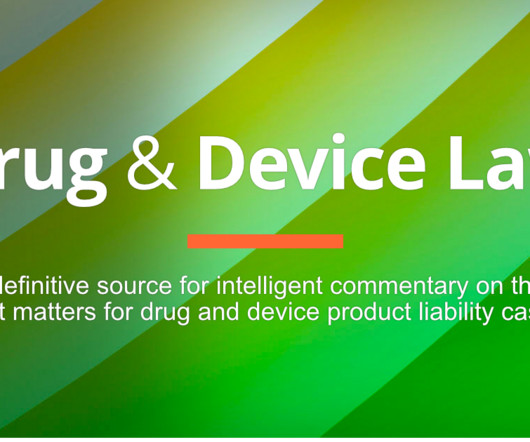Analysis Chemical Thank You Overview of the U.S. regulation of PFAS
Agency IQ
OCTOBER 20, 2023
In the United States, the Environmental Protection Agency (EPA) has developed a PFAS Roadmap and proposed numerous regulations for managing the effects PFAS has on the environment and human health. TSCA also focuses on regulating chemical substances which may present an unreasonable risk of injury to health or the environment.












Let's personalize your content